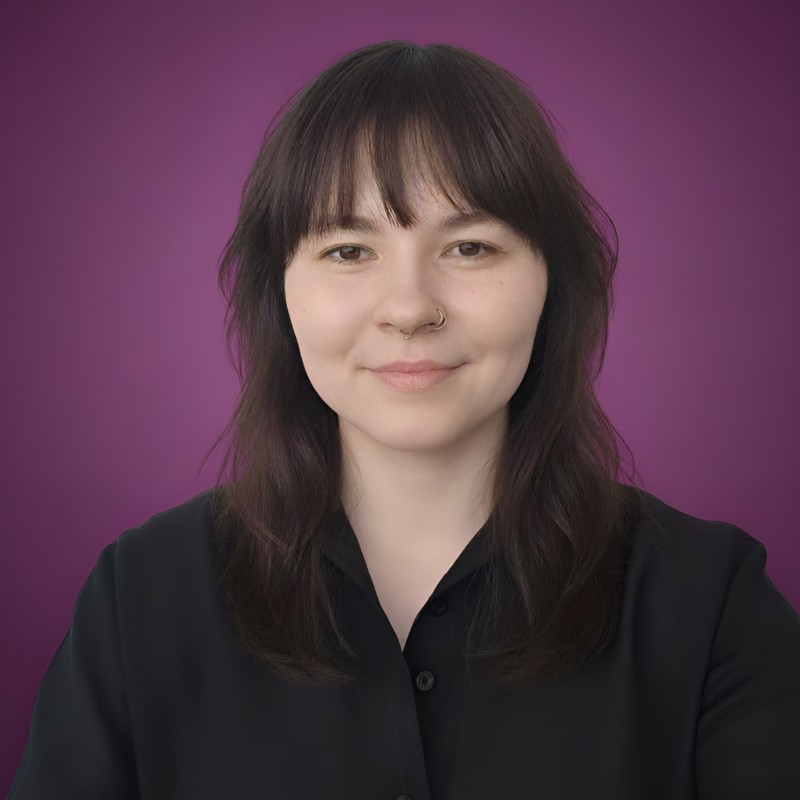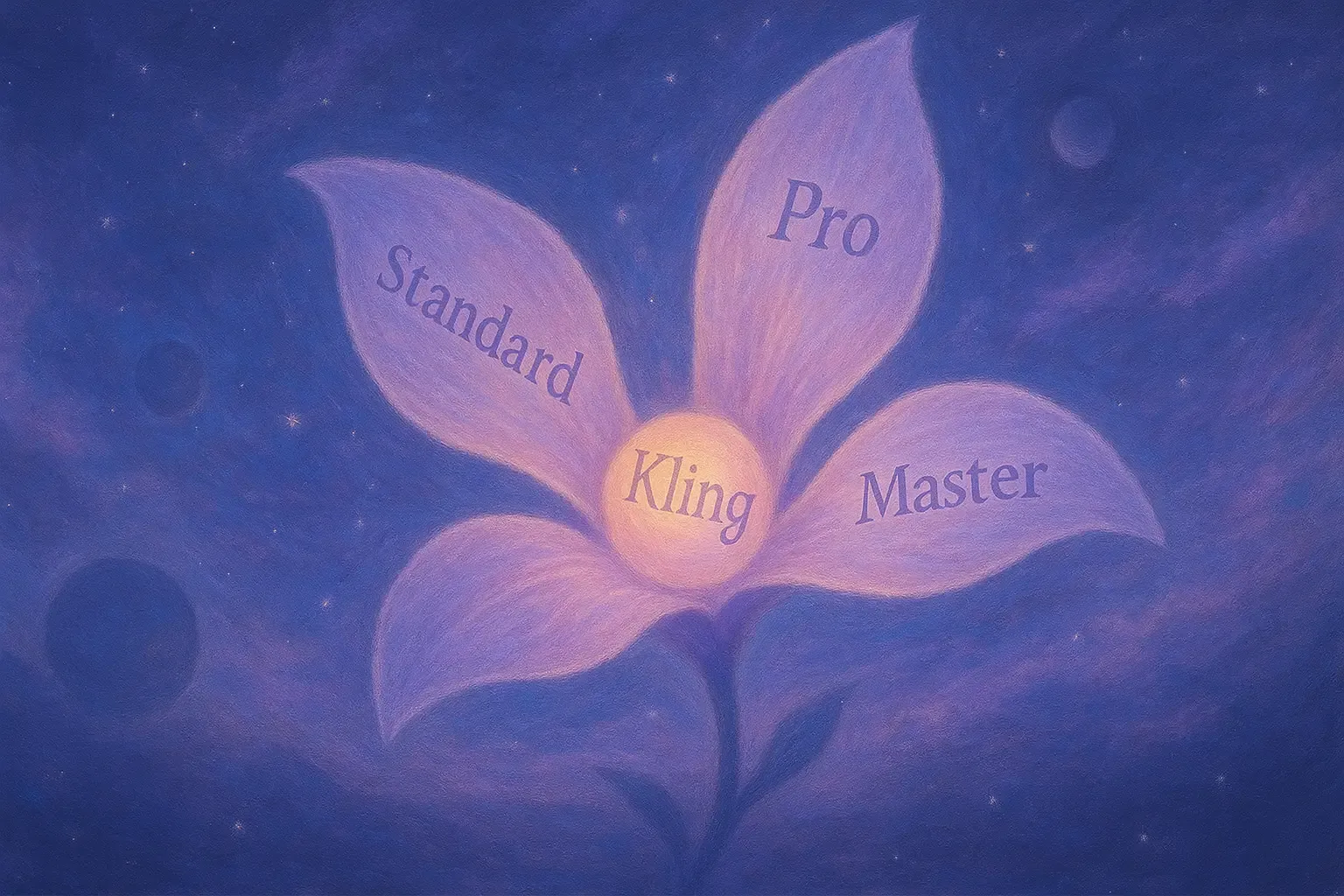What is Kling AI? Comparing Kling 1.6 Standard, Pro, and 2.0 Master
If you've been exploring AI video generation recently, you've probably seen jaw-dropping clips made by Kling and wondered "what is Kling AI, and is it worth the hype"? Well, you’re in the right place. Whether you're just discovering this model family or trying to choose between Kling 1.6 Standard, Kling 1.6 Pro, and the shiny new Kling 2.0 Master, this is your ultimate guide!
⚡ Available in getimg.ai Video Generator's Text to Video and Image to Video modes, Kling AI models let you turn prompts into high-quality videos in just a few minutes. Try them today!
What is Kling AI?
Kling AI is a powerful AI Text to Video and Image to Video model family developed by Kuaishou, the company behind one of China’s largest video-sharing platforms.
It’s been making waves with its cinematic camera motion, natural physics, and ability to generate incredibly lifelike human motion. In short, Kling isn’t just another toy—it’s a serious video tool for creators, marketers, and storytellers.
TL;DR: What Makes Kling AI Special?
- ✅ Camera movement that feels real (pan, zoom, dolly, and more)
- ✅ Highly realistic characters and motion
- ✅ Supports prompt + image input
- ✅ Multi-aspect ratio support
- ✅ Frame control for precision storytelling.
The Kling AI Model Family, Explained
Let’s break down the three Kling models you can use today via getimg.ai—and what makes each one stand out from the crowd.
🎬 Kling 1.6 Standard: Your Fast, Flexible Starter Kit
- Modes: Text to Video and Image to Video
- Resolutions: 720p (1280x720, 720x1280, 960x960)
- Max Duration: 5 seconds
- FPS: 24 (Text to Video) / 30 (Image to Video)
- Image to Video Control: first frame
- Best for: Quick concept videos, prototyping, short loops
The Kling 1.6 Standard model is your go-to for speedy, consistent video generation in common aspect ratios. It supports first-frame conditioning in the Image to Video mode—meaning you can guide the video’s starting look from an image—but doesn’t offer last-frame control.
🎥 Kling 1.6 Pro: Level Up to 1080p and 10s Runtimes
- Modes: Image to Video
- Resolutions: Full HD 1080p (1920x1080, 1080x1920, 1440x1440)
- Max Duration: 10 seconds
- FPS: 24 (Text to Video) / 30 (Image to Video)
- Image to Video Control: first + last frame (for 5s clips only)
- Best for: narrative storytelling, ads, cinematic experiments
The Pro version of Kling 1.6 really earns the name. Currently only available in the Image to Video mode, it delivers longer videos, higher resolution, and—unique in its class—lets you lock in both the first and last frames of a 5-second video (or select the first frame and generate a 10s clip).
This gives creators greater control over transitions and storytelling. Want your video to begin with a majestic skyline and end on a carefully selected close-up? This is how you do it.
🚀 Kling 2.0 Master: The Latest Leap Forward
- Modes: Text to Video and Image to Video
- Resolutions: 720p (1280x720, 720x1280, 960x960)
- Max Duration: 5 seconds
- FPS: 24
- Image to Video Control: first frame
- Best for: realistic motion, smooth camera work, next-gen AI video
The Kling 2.0 Master is the newest release, and while it retains the same 720p resolution and 5s limit as the Standard model, it’s been noticeably upgraded under the hood.
From more natural camera shakes to better lighting realism and higher prompt adherence, Kling 2.0 delivers filmic quality and fluidity that pushes the boundaries of what AI video can do.
Model | Resolutions | Max Duration | FPS | First Frame | Last Frame |
Kling 1.6 Standard | 1280x720, 720x1280, 960x960 | 5s | 24 (Text to Video) / 30 (Image to Video) | ✅ | ❌ |
Kling 1.6 Pro | 1920x1080, 1080x1920, 1440x1440 | 10s (5s w/ last frame) | 30 (Image to Video) | ✅ | ✅ (5s) |
Kling 2.0 Master | 1280x720, 720x1280, 960x960 | 5s | 24 | ✅ | ❌ |
✍️ How to Prompt Kling AI Like a Pro
Prompting Kling isn't about just describing an object—it’s about directing a scene. Think of yourself as a cinematographer: the more you describe what’s happening, where it’s happening, how it looks, and how the camera behaves, the better your results.
🧠 Basic Prompt Formula
[Subject] doing [action] in [environment], [lighting], [camera movement], [mood or vibe]
🎯 Prompting Tips
1. Lead with Action, Not Just Description
Avoid just listing things. Use verbs and motion to tell the model what to animate.
2. Add Camera Movement
Kling understands “tracking shot,” “dolly zoom,” “slow pan,” etc. These add motion to the scene and increase realism.
“Close-up shot of a black panther crouching in tall grass at night, magical blue eyes glowing, slow push-in from camera, moonlight casting shadows across the ground”
3. Establish Lighting & Mood to Set the Tone
Lighting is everything. Add terms like “cinematic lighting,” “studio backlight,” “soft shadows,” “volumetric fog,” or “golden hour glow” to set the look and feel.
4. Use First & Last Frame Control (Image to Video)
When using Kling 1.6 Pro in Image to Video mode, take advantage of both first and last frame control (for 5s clips). This gives you storyboard-level direction.
You can:
- Animate transitions between styles
- Change camera angles mid-scene
- Create intro/outro sequences for short content.
How to Use Kling AI (on getimg.ai)
Using Kling AI has never been easier. Simply follow these quick and easy steps:
- Head over to the getimg.ai Video Generator.
- Select a mode (Text to Video or Image to Video) and pick a Kling model (1.6 Standard, Pro [Image to Video only], or 2.0 Master).
- Enter a text prompt. If you’re in the Image to Video mode, upload an image to set the first (and/or last, depending on the model) frame.
- Choose your aspect ratio.
- Click Generate video, and watch your vision come to life.
As you can see, with getting.ai, you don’t need a Hollywood budget or a GPU farm to get started with Kling AI. Head over to Video Generator's Text to Video or Image to Video mode and start creating today!

